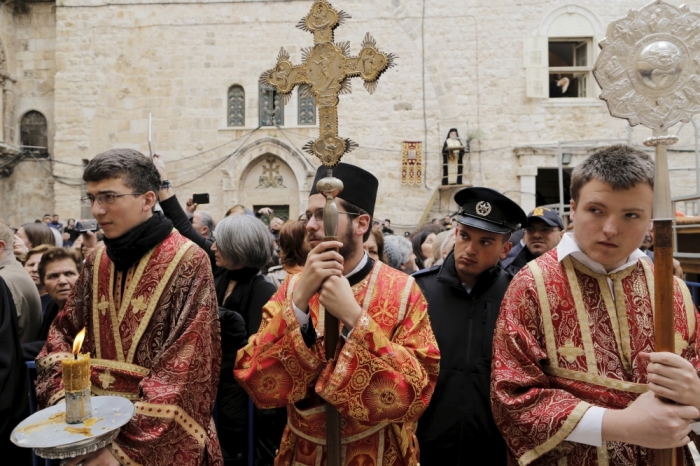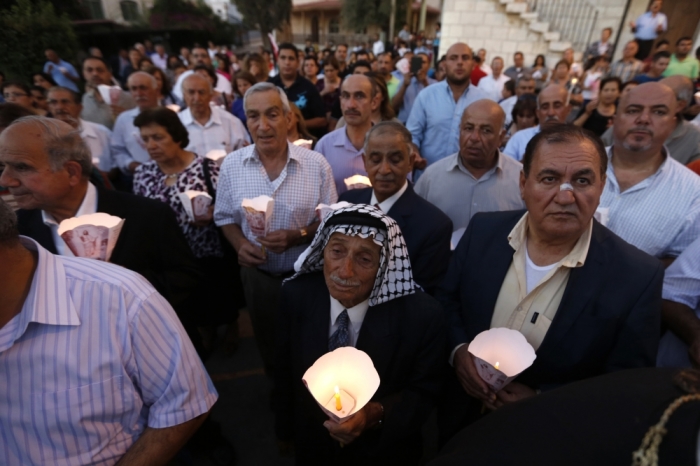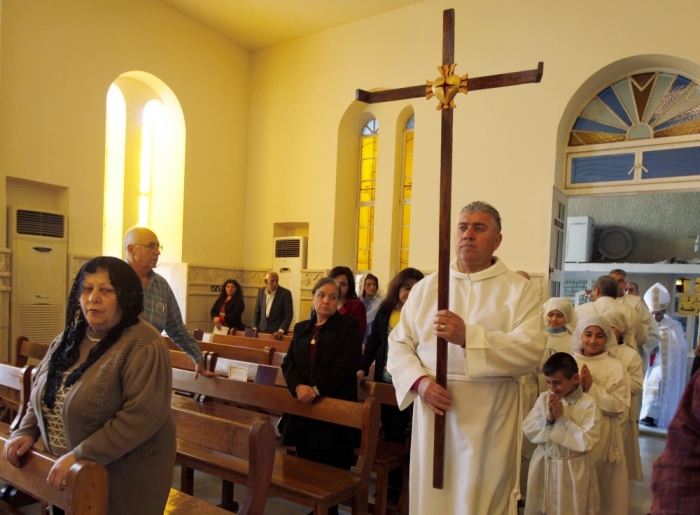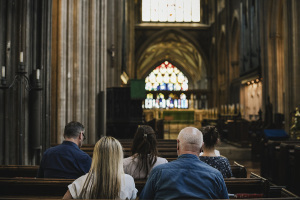5 Middle East Churches That Could Cease to Exist If ISIS Influence Continues to Spread
3. The Orthodox Patriarchate of Jerusalem
Church fathers at the Council of Chalcedon decided that Jerusalem should be elevated from being a diocesan see to patriarchate because of its significance to the birth of the Christian faith. The decision led to the reorganization of 60 diocese in the region that now come under the jurisdiction of a Jerusalem patriarch.

The city flourished as a Christian hub until Arabs conquered the city in A.D. 637. During this period, Christian monasteries and churches were destroyed while much of the population converted to Islam.
European Crusaders took back the land in 1099 and appointed a Latin patriarch. But when Saladin, the Sultan of Egypt and Syria reconquered Jerusalem in 1187, the Latin patriarch serving at that time fled.
The Ottoman Turks took control of the city in 1516 and Constantinople, the former capital of the Byzantine Empire, re-established itself in Jerusalem, which led to the selection of Greek patriarchs in the region.
Today, the Orthodox Church controls many of the holy sites in Jerusalem. Patriarch His Beatitude Theosophilos III has headed the church since 2005 and he resides in Jerusalem where he oversees the affairs of the church's 130,000 members.
4. Melkites (Melkite Greek Catholic Church)
The Melkite Greek Catholic Church was originally comprised of Christians from Alexandria, Antioch and Syria that complied with the decrees of the Council of Chalcedon in A.D. 451. The Church also traces its origins back to the New Testament Antioch church.

Melkite, a term which derives from the Syriac word for king, was originally used to describe Christians in the Middle East who embraced the Christology of the Council of Chalcedon.
After the Catholic and Eastern Orthodox schism of 1054, many Orthodox believers in Antioch looked to re-establish communion with Rome and in 1729, the churches were reunited under the Councils of Reunion.
The Melkite title was then reserved for members of the Antioch Orthodox who were reunited with Rome. The Melkite Church is headed by a patriarch who is elected by its bishops. His election must be confirmed by the Vatican and the leader currently resides in Damascus. There are around 1.2 million Melkite Catholics worldwide and most of them reside in Syria, Lebanon, Jordan and Israel.
5. The Chaldean Catholic Church
The Chaldean Catholic Church descended from the remnant of Nestorian Christians or believers who followed the teachings of former Constantinople Patriarch Nestorius that were contested by the Council of Chalcedon who resided in what is now modern-day Iraq.

After the mass slaughter of Christians in the region at the hands of the Mongols, a family of believers who passed down the office of patriarch for generations governed those who had survived.
John Sulaka, an abbot at a Nestorian monastery opposed the established patriarch and sought to have communion with Rome by traveling there in 1551. He was ordained as a bishop by the Catholic Church and upon his return, he set up a new patriarch affirmed by the pope.
Sulaka, who had taken on the new name Simon VIII, was captured and killed in 1555 by the Pasha of Amadya, and for the next few centuries the Chaldeans fell into chaos.
In 1830 under Pope Pius VIII, however, they were brought into full communion with Rome and a new patriarch was established who resided in modern day Mosul, Iraq. Today, there are 18 Chaldean dioceses in the Middle East with 10 of them being located in Iraq. The patriarch was moved to Baghdad after World War II and its 500,000 members are mostly comprised of Assyrians.
For more information on churches that have roots in the Middle East that are now facing the threat of radical Islam read George J. Marlin's book Christian Persecutions in the Middle East.





























